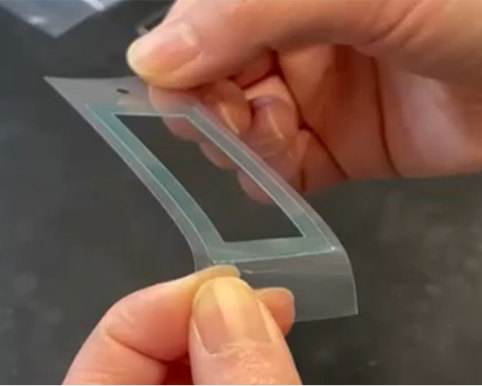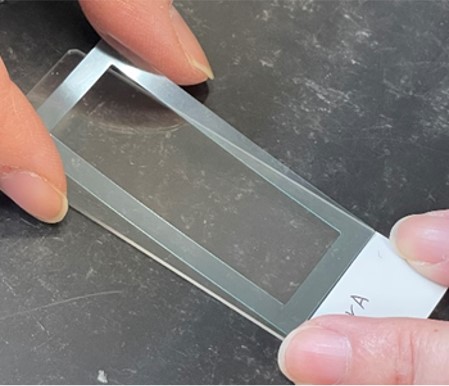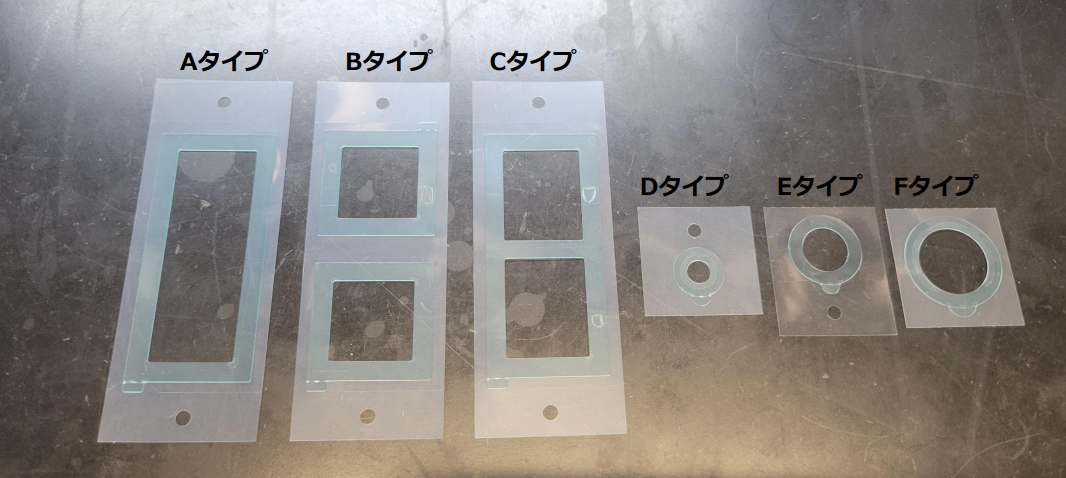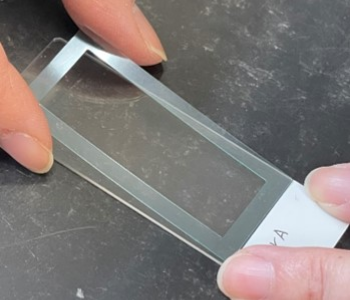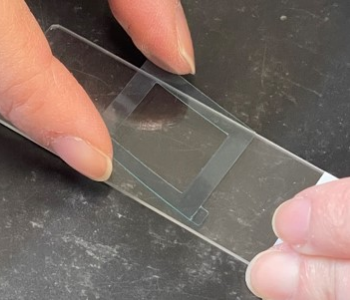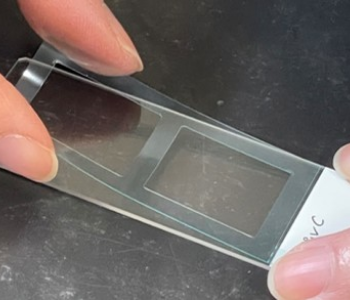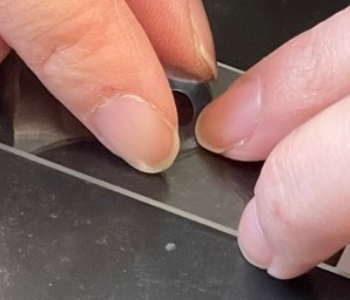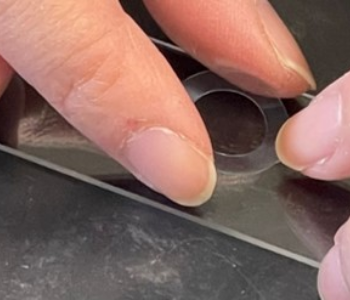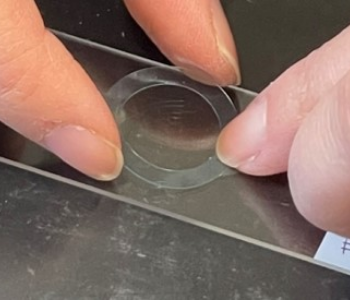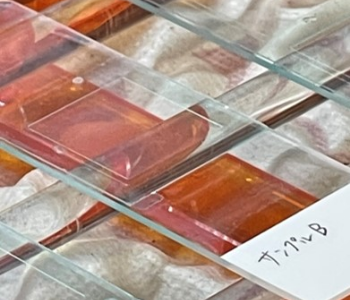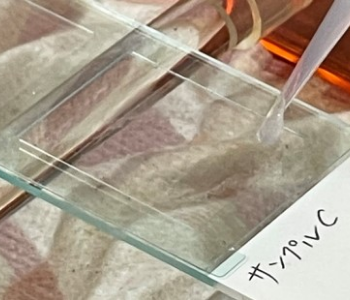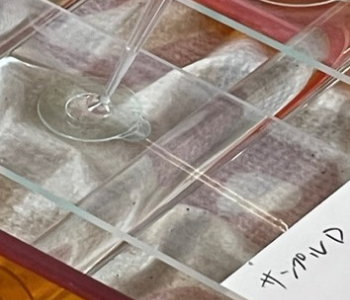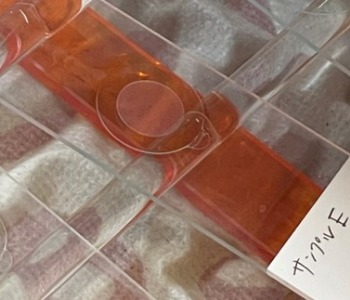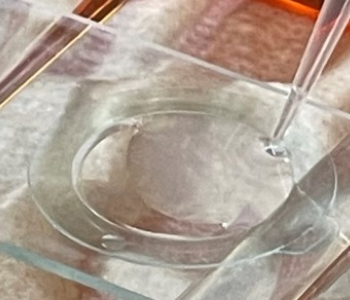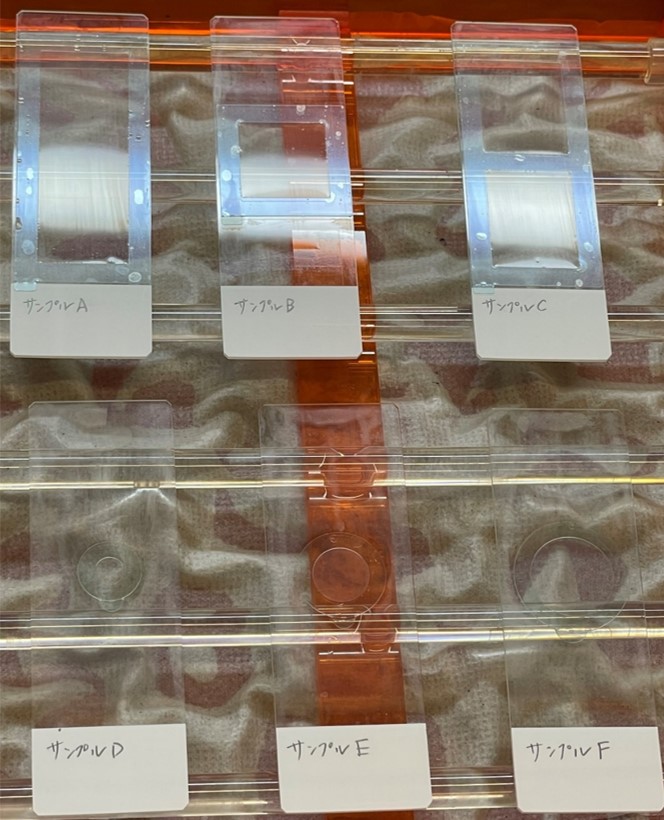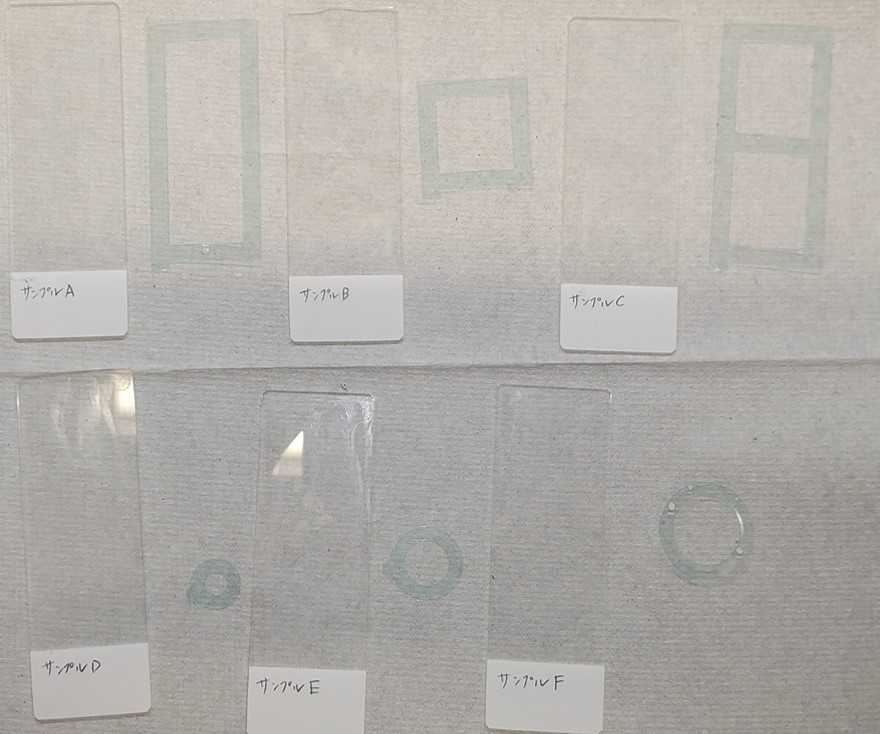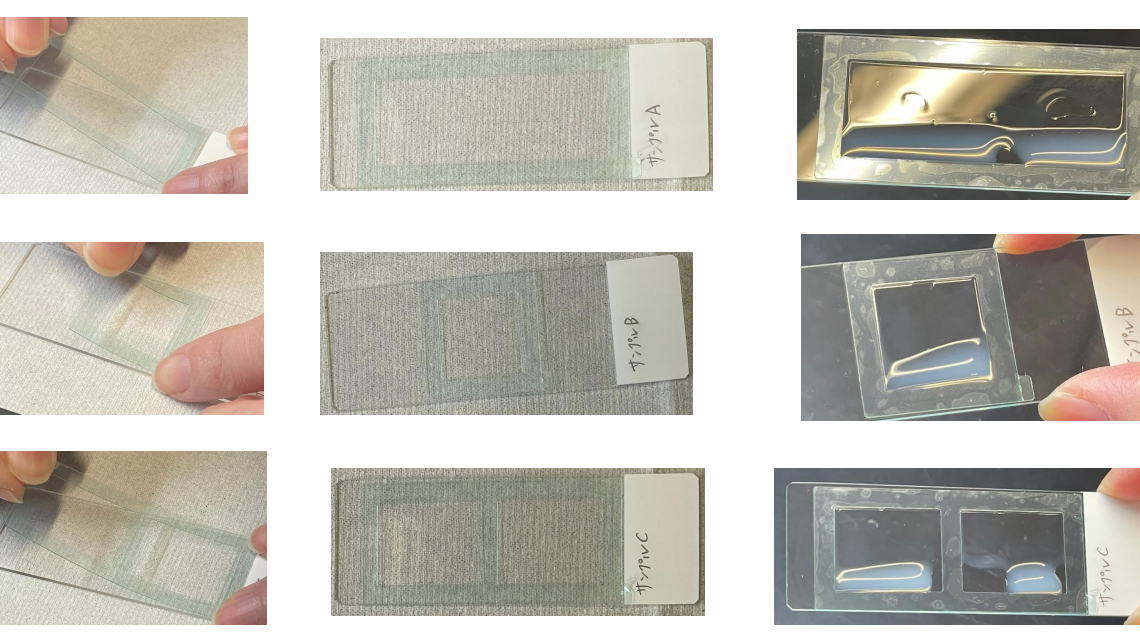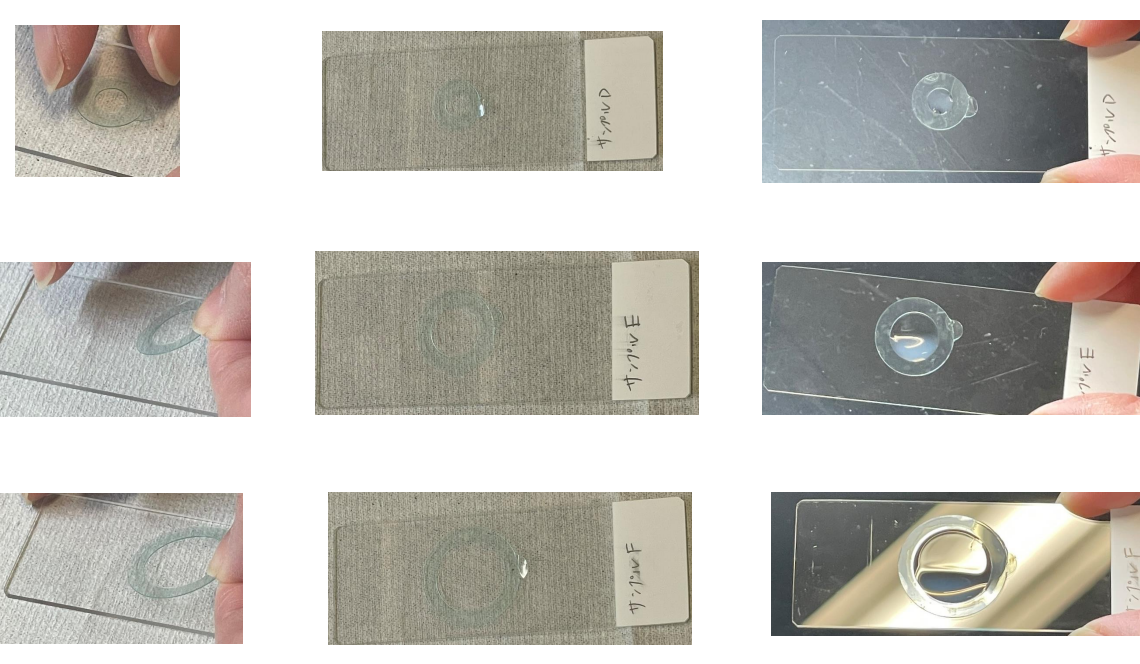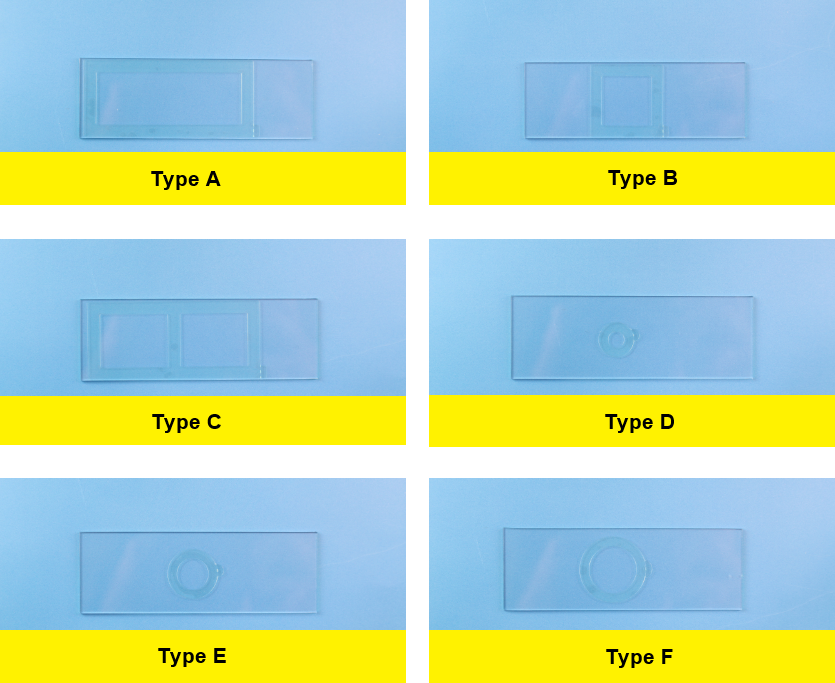Immunohistochemistry (IHC) or Immunostaining, is a very common technique to visualize target antigens on the tissue specimen mounted on the glass slide by using antibodies. Not only general IHC, but this technique is still used in most advanced technique, such as imaging mass cytometry.
In the step of incubation with antibody solution in IHC, researchers have to draw a hydrophobic circle/square around the tissue specimen on the glass before applying solution to slide. Common method specified in many IHC protocol to create a hydrophobic line, is using a special water repellent barrier pen (e.g. PAP pen). This step is essential for confining a low volume of antibody solution in the defined area efficiently.
However, insufficient drawing, such as a gap in the line, too narrow or thin line, or applying antibody solution before the line completely dries up are common reasons of the outflow of antibody solution. And that may cause incomplete incubation of antibody and result in the staining error. Occasionally, two (or more ) different sections mounted on the same slide have to be stained by using different antibodies. When to do this, leaking and mixing of different antibodies or reagents will lead incorrect data (or no data). Therefore, alternative ways have been anticipated among many researchers to avoid all troubles arise from hydrophobic pens.
We have a good solution for you –
Our IHC-fencing seal, is a water repellent barrier seal for immunohistochemistry staining procedure, replaces conventional hydrophobic barrier pen.
Just take the seal from mounting and put it on the slide. This simple procedure will minimize all troubles caused by hydrophobic barrier pens.








